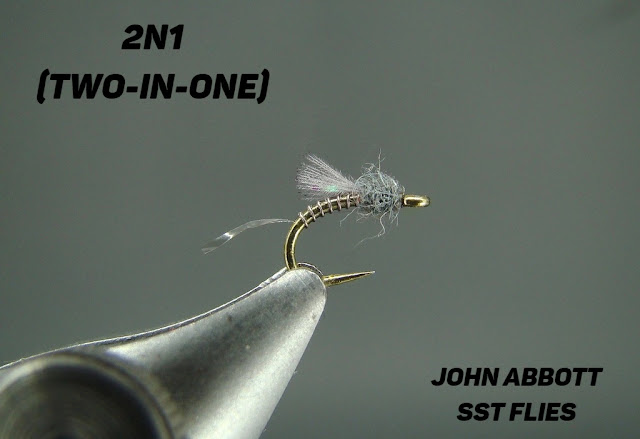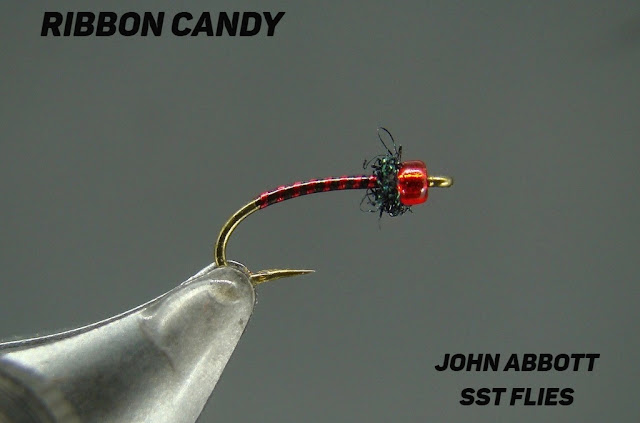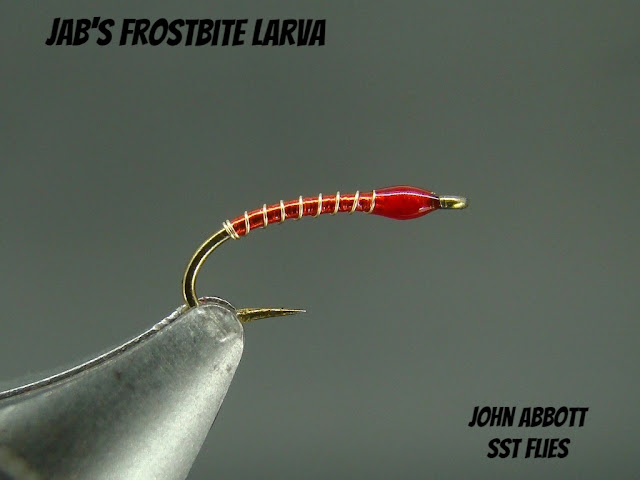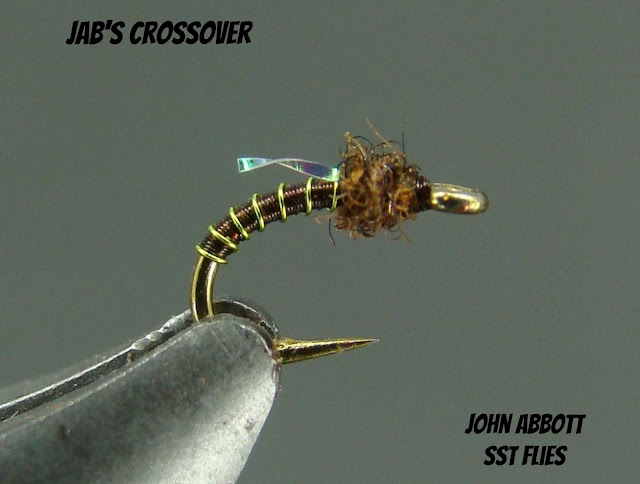This version of the Pheasant Tail Midge is nothing special. There quite a few patterns that utilize pheasant tail however, I've added a few twists to make a killer pattern. Additionally, I'll pass along some helpful hints in tying midge/micro patterns that utilize fragile materials such as pheasant tail and peacock herl.
Materials:
Hook: TMC 200R or Daiichi 1270, sizes 12-22 (TMC 200R size 22 pictured)
Bead: Glass or tungsten, size appropriate to the hook (1.5mm glass TOHU topaz/pearl)
Thread: 18/0 Nano Silk, copper
Gills: Oral-B dental floss
Butt: Hend's Body Quill, fl. orange
Ribbing: Hend's 0.09, copper
Body: Pheasant tail, natural
Thorax: Sybai Fine Flash, dark brown peacock
Tying Instructions:
1. Flatten barb with the jaws of your vise.
2. Place glass or tungsten bead onto the hook and secure hook in the vise.
3. Slide bead to the rear of the hook. Start tying thread immediately behind the eye and secure a small piece of Oral-B dental floss to the top of the shank, whip finish and cut thread. Oral-B is rather thick so you need to split a down to third or quarter of it's size. Once secured in place bring bead over the top of the wraps and cut the Oral-B to size.
4. Start thread immediately behind the bead. Cut a short length of Hend's 0.09 copper wire and their fl. orange Body Quill. Secure wire to the far side of the hook shank followed by the Body Quill. Securing wraps for both materials should be approximately the same length of the thorax area.
5. Wrap Body Quill down the hook shank while, at the same time, securing the copper wire. Ensure ribbing material rests parallel to the hook shank. Towards the end of the body area lift ribbing up and take a couple more wraps behind the wire. Return the Body Quill back to the thorax area and secure.
6. Select two or three pheasant tail fibers from the lower half the tail. Theses fibers will be a little stronger than the upper half's. Next, cut the fibers down to about 60-percent as this portion offers the greatest strength. Tie in the tips in right at the thorax area and make smooth securing wraps rearward until you reach the ribbing. Return thread to the thorax.
7. Apply a very small amount of super glue the the thread wraps and spread evenly. Gently counterwrap the pheasant tail fibers forward and secure at the thorax. Super glue will add extra protection for the fragile fibers.
8. Once the pheasant tail fibers have been secured with super glue and thread wrap the copper wire forward and secure behind the bead.
9. For this step I have elected to use a subsitute for the peacock herl due to it's extremely fragile nature in small sizes proportionate to the hook size pictured. Therefore I used Sybai's Fine Flash in dark brown peacock. Apply a very small amount of dubbing to the thread (approximately one inch long). Here's a great trick to hiding the thread wraps... Whip finish the dubbing! The pattern is complete.
Enjoy!































